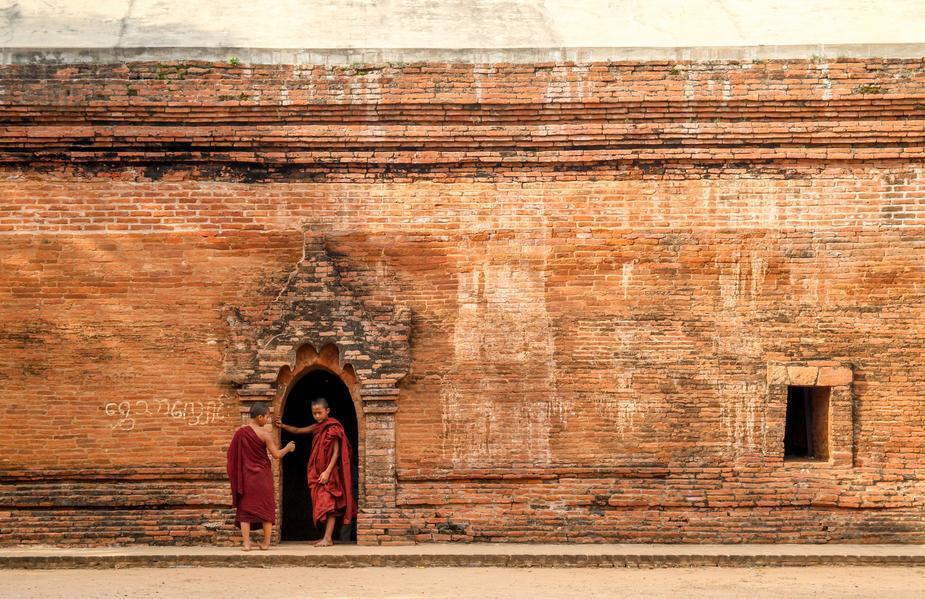
A History of Indian Furniture Styles
India is one of those countries that have a truly fascinating mix of cultures. This diversity of cultures has brought with it a mix of styles and influences that have led to the creation of a style that is unique.
Throughout the earlier history of India, as diverse as its people and cultures have been, the emphasis in homes was not placed on having lots of furniture. Customs and traditions throughout most of India dictated that people slept on the floor and meals were also enjoyed seated there. Therefore, homes usually had cushions for seating or perhaps even some low stools. There was definitely no need for other furniture items like beds, dressers, tables or even desks.
However, some areas of the Indian Empire were known for their architecture and furniture making and the Vijayanagar Empire in Southern India was one of these. From around 1336 AD, the craftsmen started preserving much of the country’s history in ornate and intricately carved pieces of furniture that were considered to be forms of art and were mostly used as ceremonial pieces.
Even though the Mughals also popularized the use of furniture in India during the 16th and 17th centuries most of the furniture in India at the time was for ornate pieces that were used in places or temples or as works of art.
Foreign Influences from Europe
The arrival of Europeans in India began in the 1500s. Parts of the country were invaded by the Portuguese, followed by the French and Dutch in the 1600s, with the English following suit in the 18th century. The settlers over this period of time established businesses and homes and required furniture for these. They looked to the carpenters and craftsmen of India to produce furniture using the style they were used to in Europe, but with materials available in India.
The furniture had very decorative qualities because of the wood carving techniques and inlays that the craftsmen used. For the inlays, the carpenters used a variety of precious materials, like ebony and ivory, and the surface of the furniture was always beautifully finished to be flush and smooth.
Furniture styles that evolved from these influences are the Mughal, Goanese and the Indo-Dutch style and the Anglo-Indian style that often resembled Chippendale and Sheraton pieces.
Indo-Portuguese
The Mughal Style found mostly in Northern India had a mostly Portuguese influence and the furniture was usually made from dark hardwoods with bone or ivory inlays.
Once again, the Goanese style predominant in southern India was also influenced by the Portuguese. The pieces were ornate and either had inlays or pattern were cut into the wood. These were usually in geometric forms.
Indo-Dutch
The furniture produced during this period was mainly made from lighter-coloured hardwoods. Again the decorations were either carved or inlaid. Furniture was also imported from the island of Java at the time that also had the Dutch influence; Java was a Dutch colony at that time too. These furniture items are characterized by the darker woods used and their elaborate floral carvings.
Anglo-Indian
The English left an indelible mark on the furniture style in India at the time. Anglo-Indian furniture became popular even among the Indian Rulers. The 18th century brought with it the styles that resembled Chippendale and Sheraton. Nevertheless, these items continued to be influenced by the Indian decorative touches and materials.
Types of wood used
Craftsmen in India have long sought to work with Rosewood and Shisham because of their strength and the fact that they both are an excellent material for carving. However, with more than 80 hardwood varieties available to craftsmen, the choices are immense. Other wood that is popular in India for furniture making is Ebony, Acacia, Mango, and Teak.
Indian Furniture after British Rule
The furniture industry in India evolved with the departure of the British and furniture is now essential to the lifestyles of most people in India. Ornamentation and wood varieties have changed, mostly because of price considerations. Furniture today not only needs to be pretty but versatile too, fitting the smaller homes and simpler lifestyles of busy families. The influences are still mostly European, but modern furniture designers in India continue to add their special touch.
However, there is still a market for niche buyers who want the older styles and there are still craftsmen who produce items in these styles or are experts at preserving existing pieces. Rajasthan, the state with its beautiful palaces is where many travellers to India who want to admire craftsmen who still make traditional Indian pieces.



























